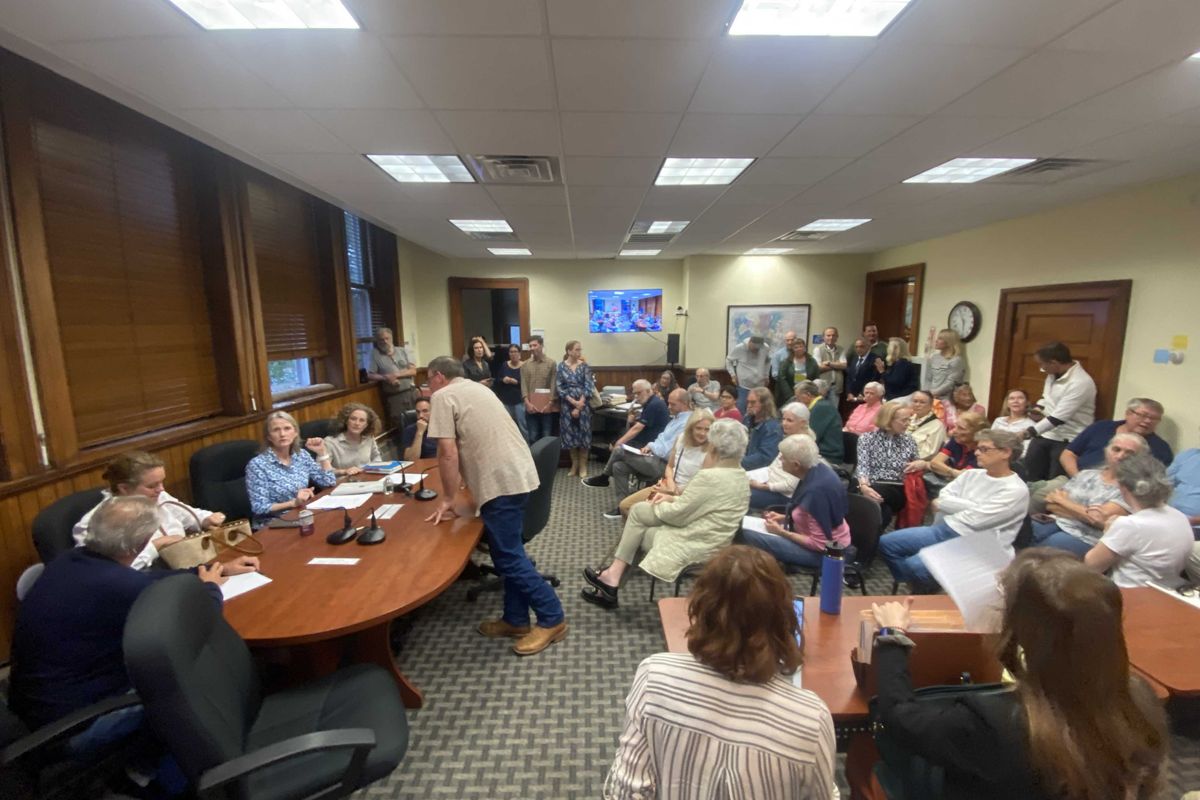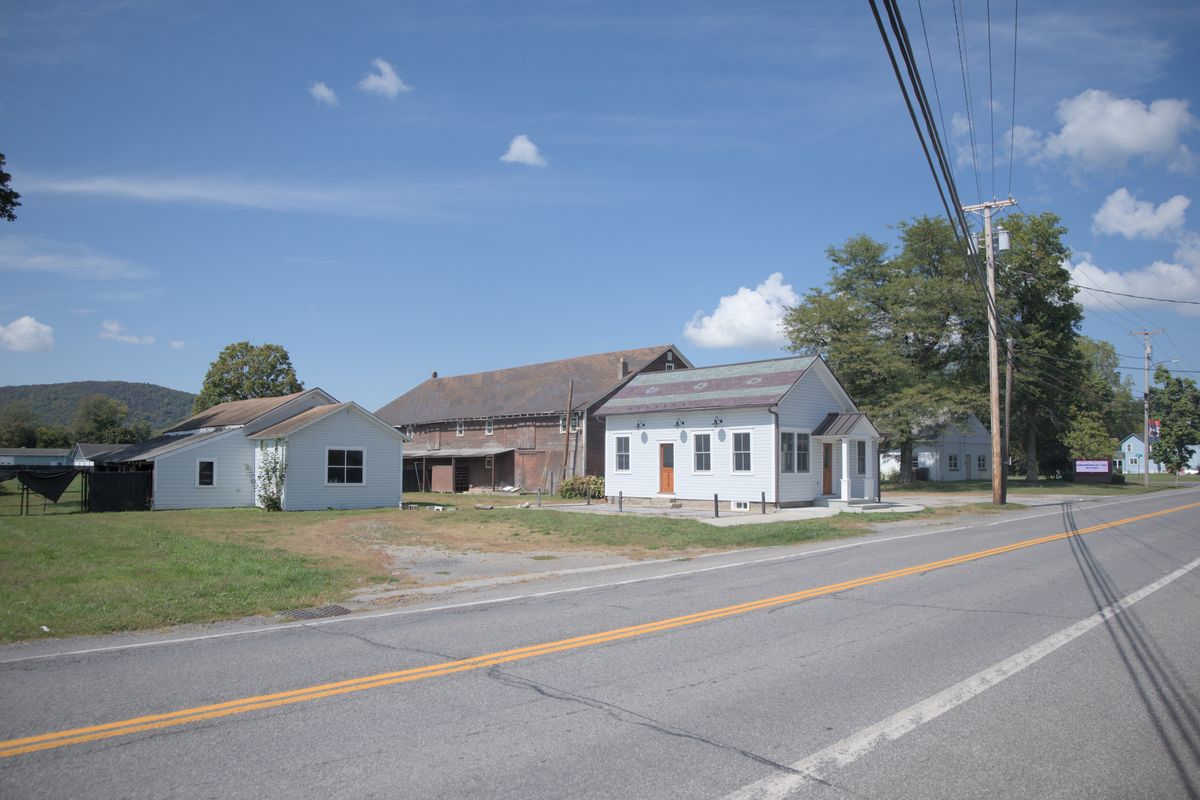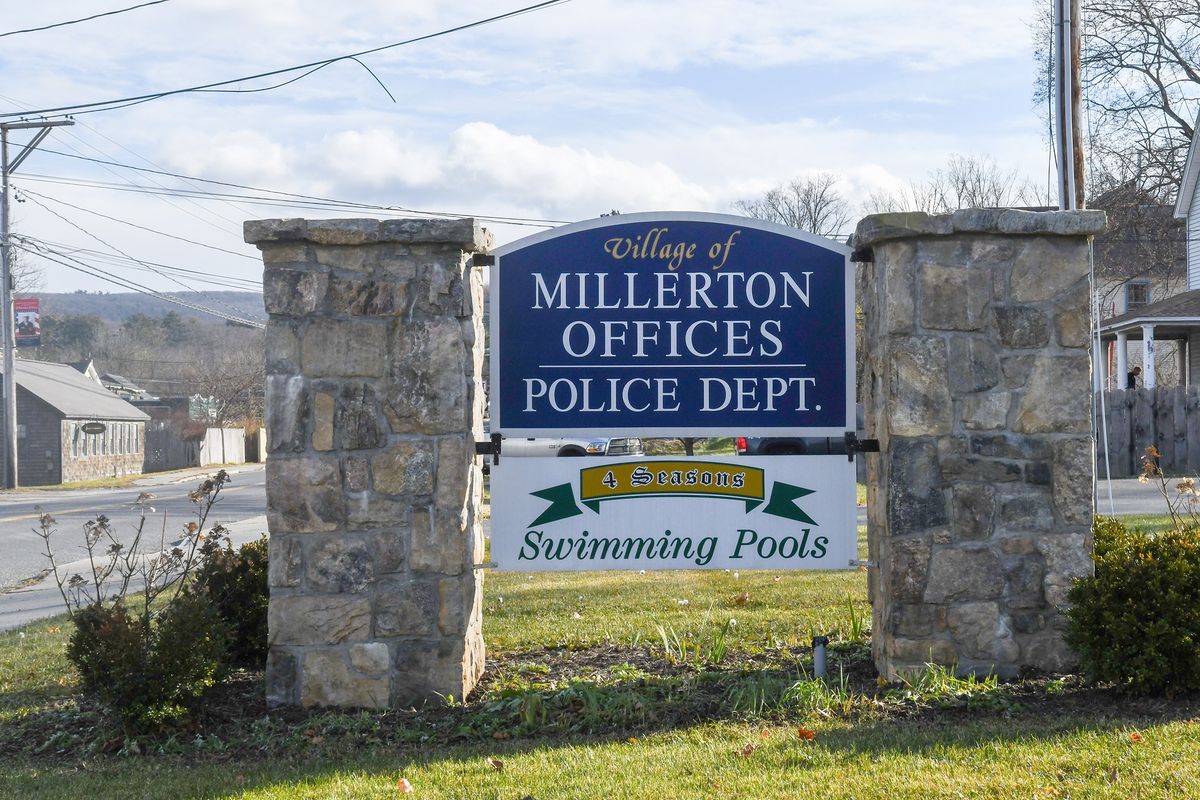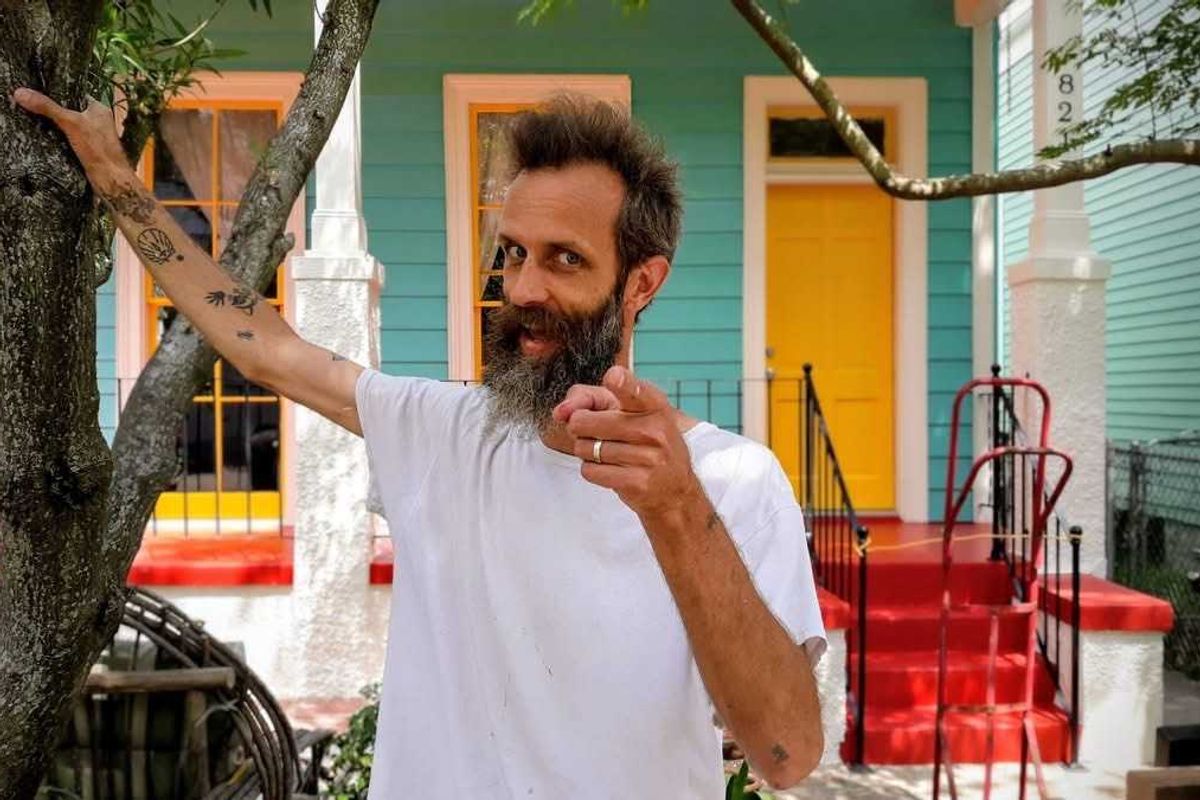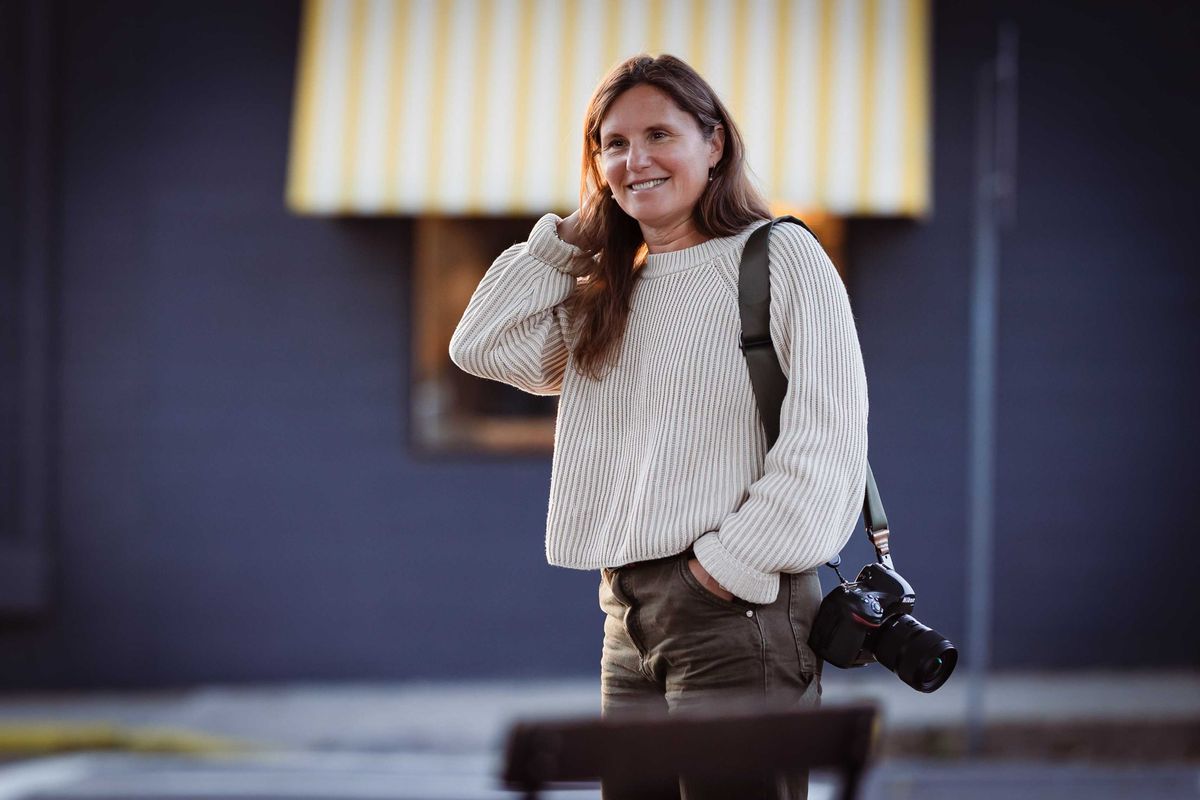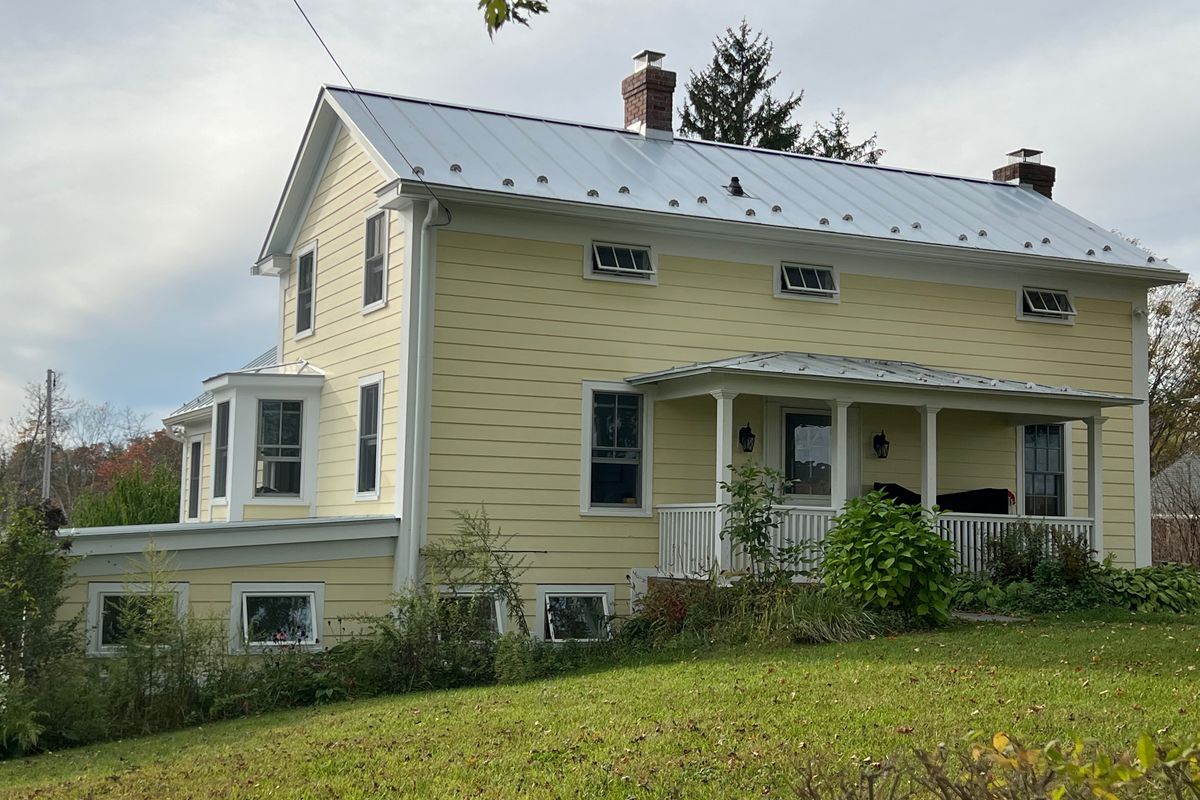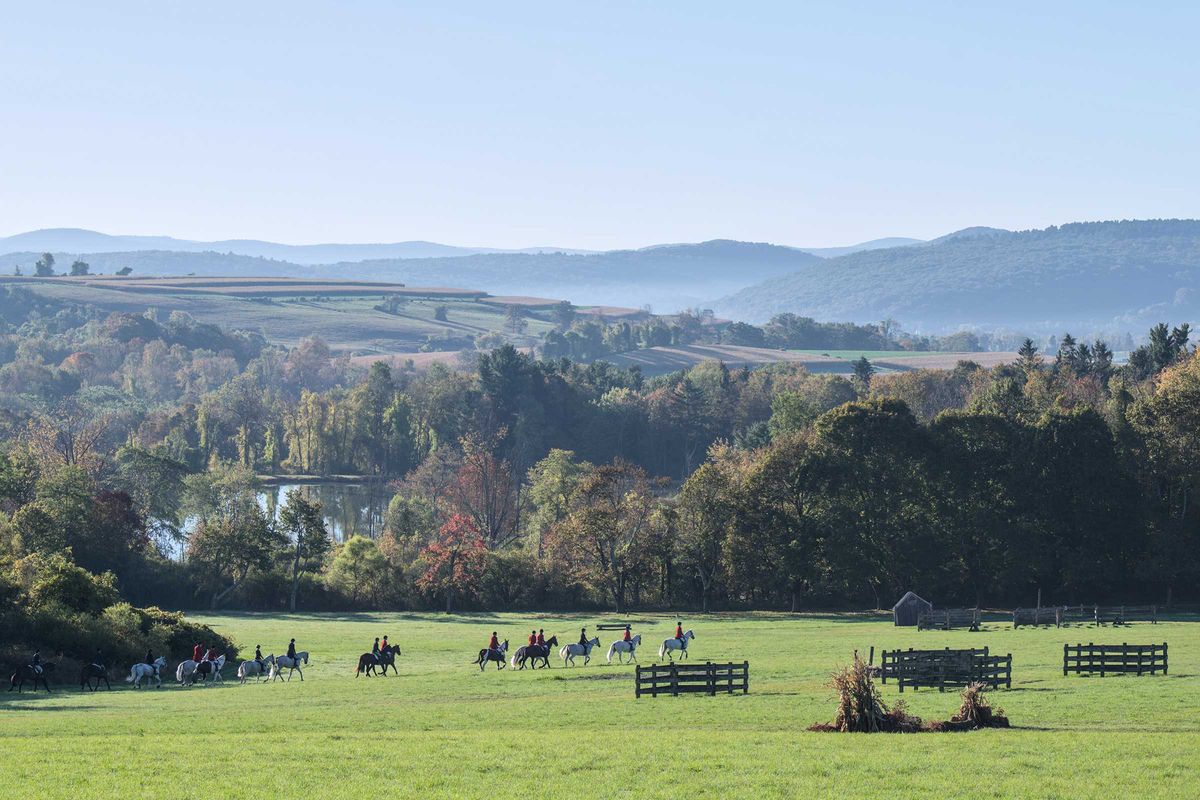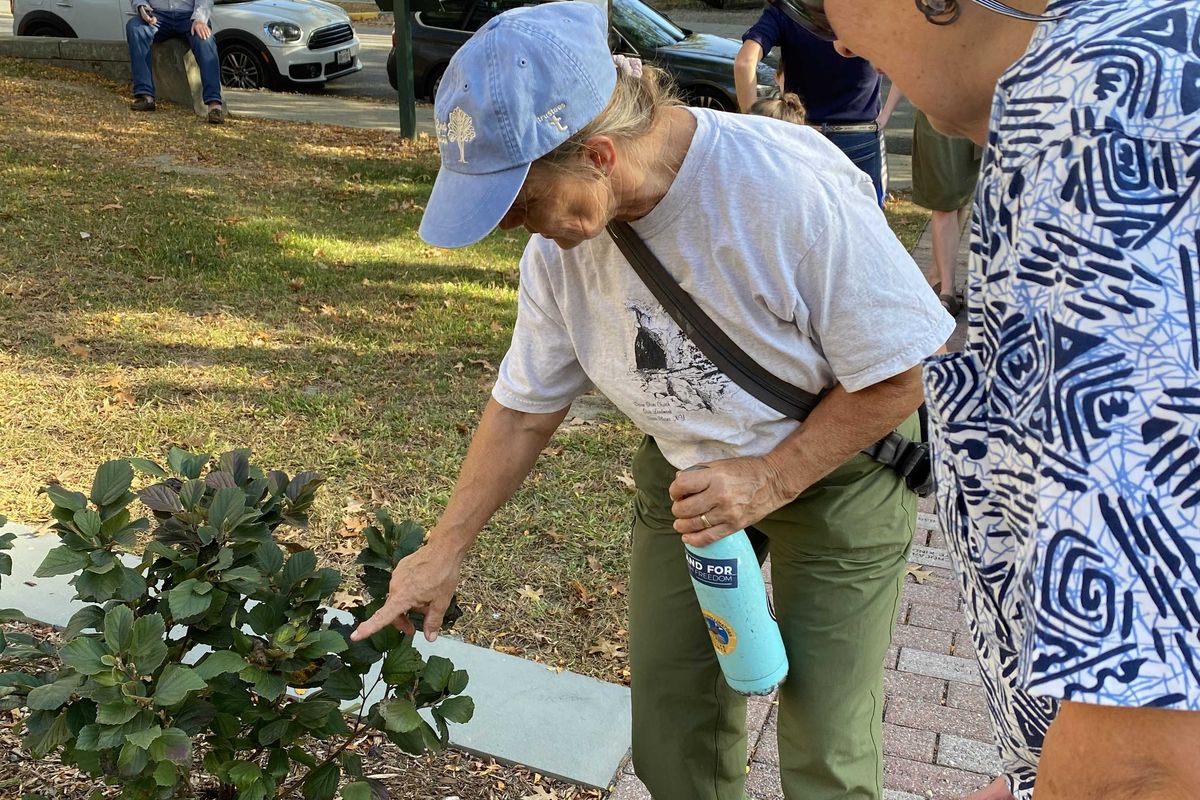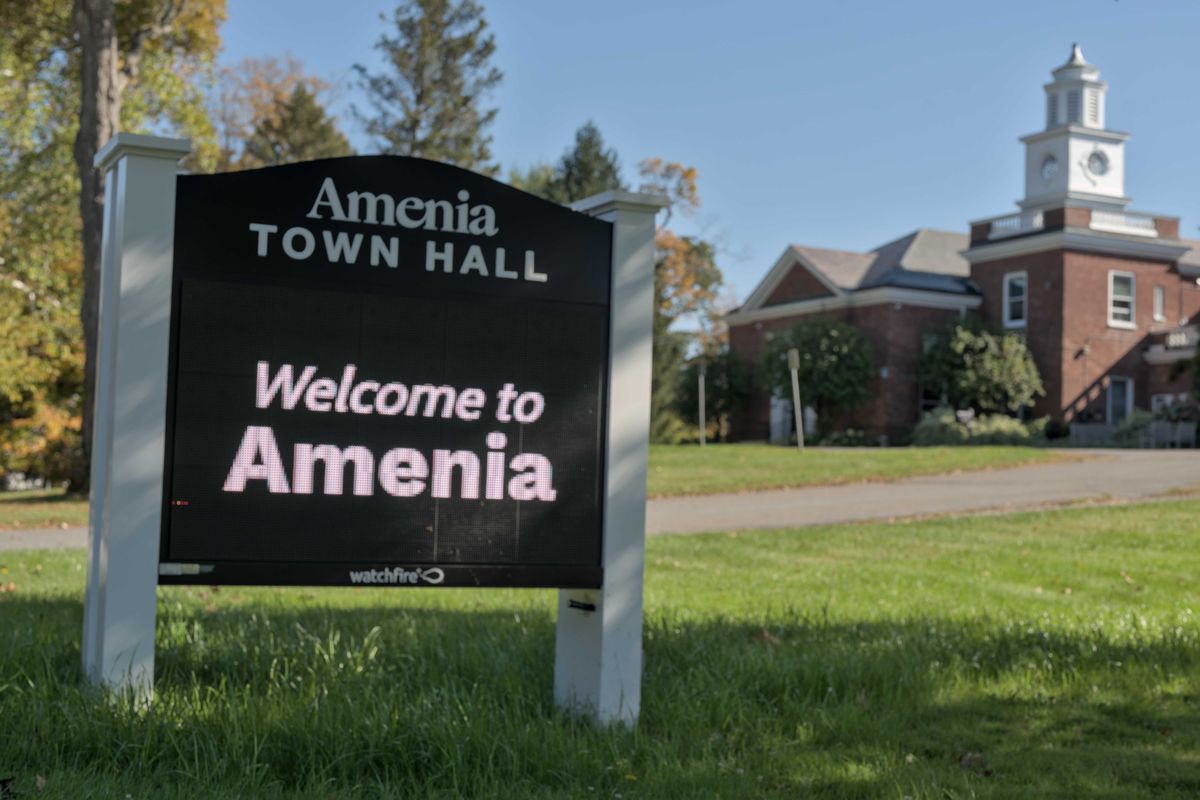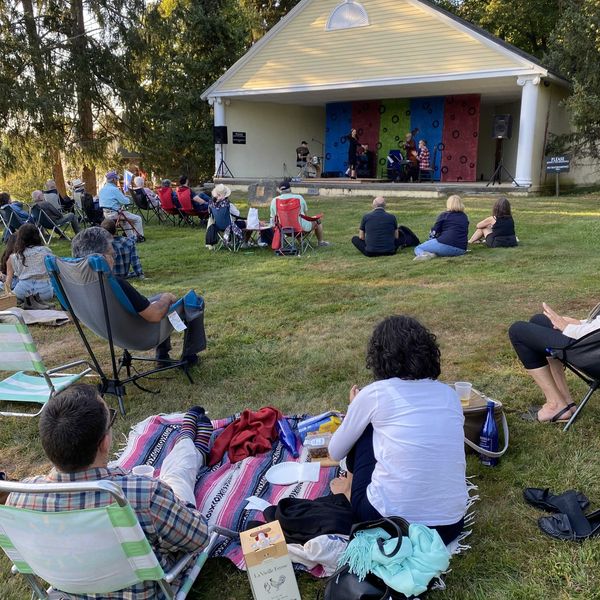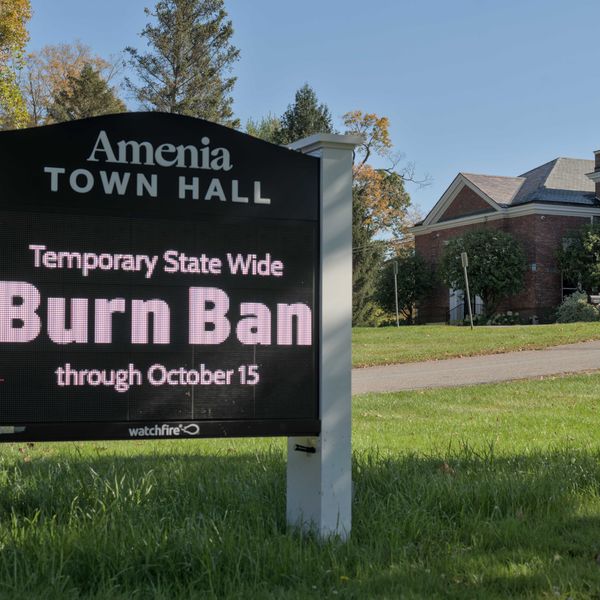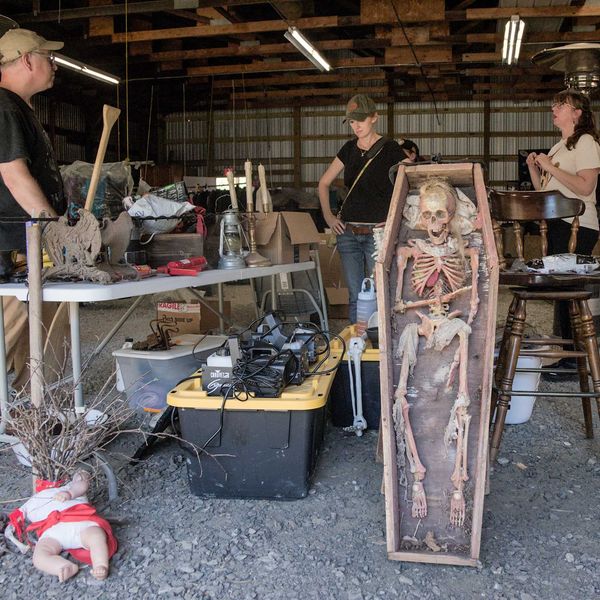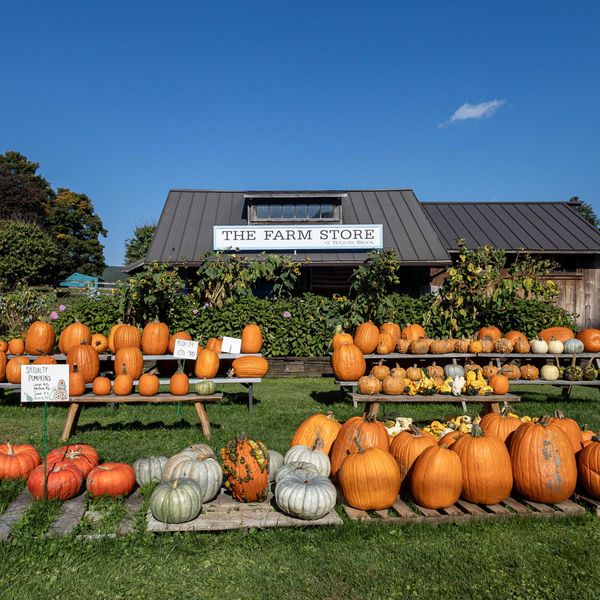A look at the world of little wooden country churches in Copake Falls
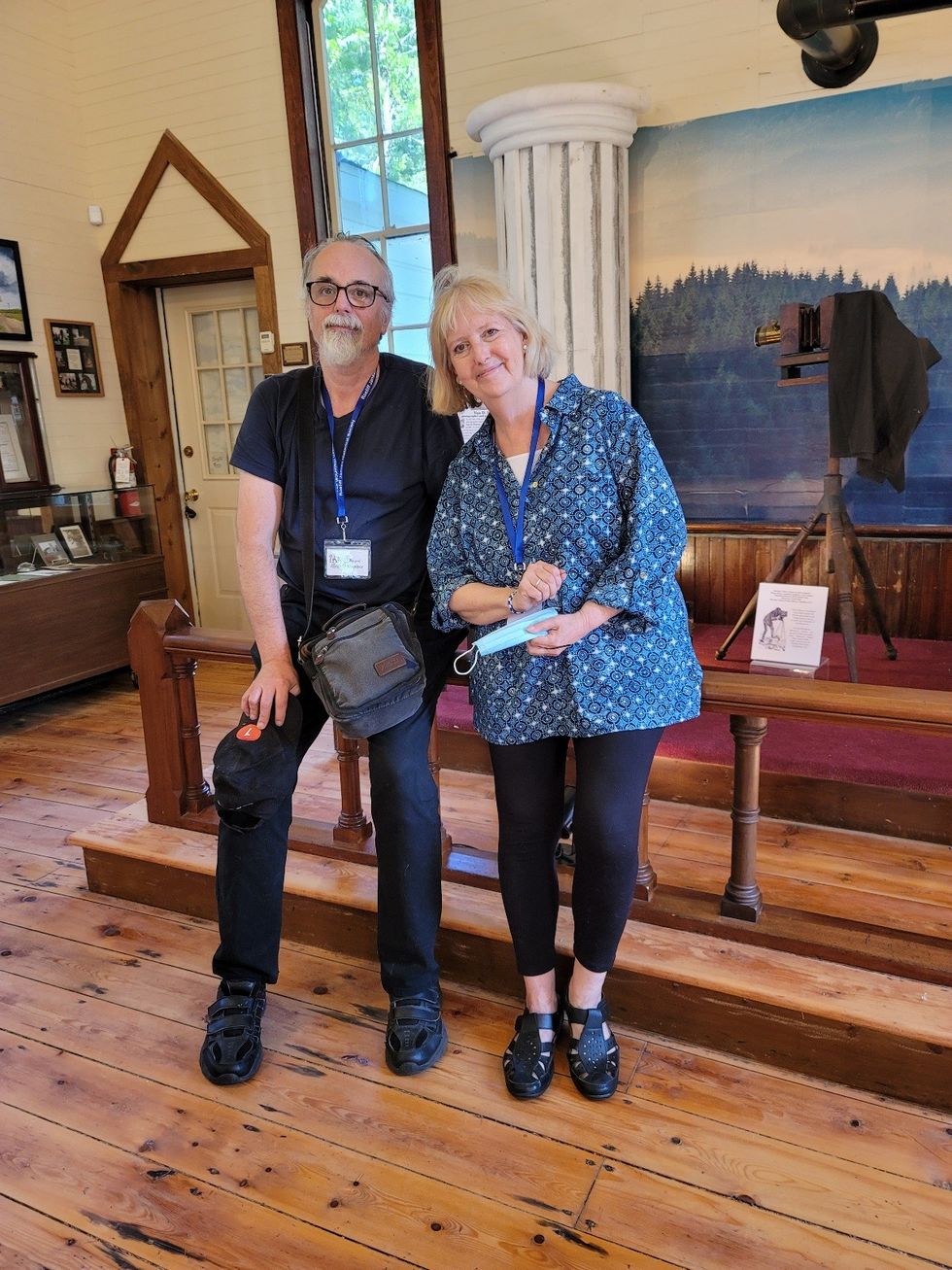
Roeliff Jansen Historical Society Board member Nick Fritsch stood with his wife, Lesley Doyel, president of the society, before the altar railing at the Roeliff Jansen Historical Society Museum, which was a former church built in 1952 that has since been named to the National Register of Historic Places. It’s part of the current exhibit, Revived in Wood. The exhibit runs through October. Photo by Judith O'Hara Balfe
